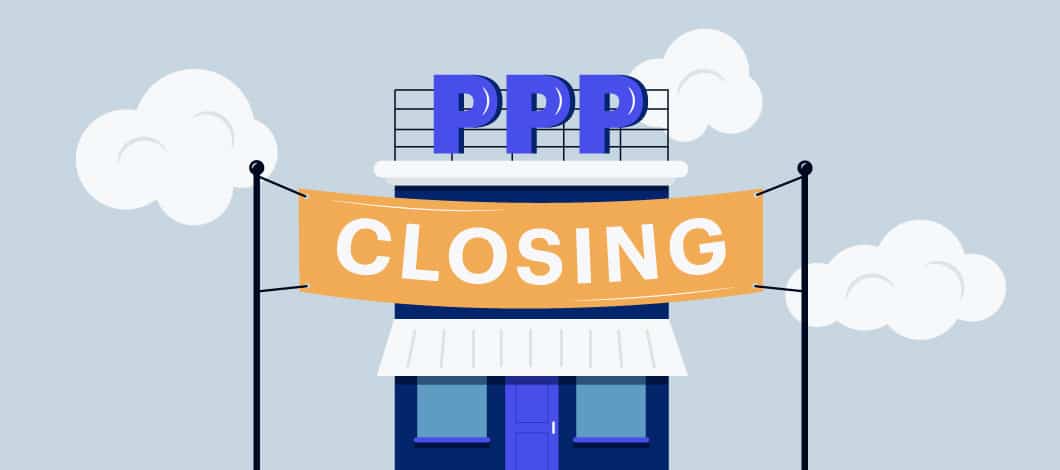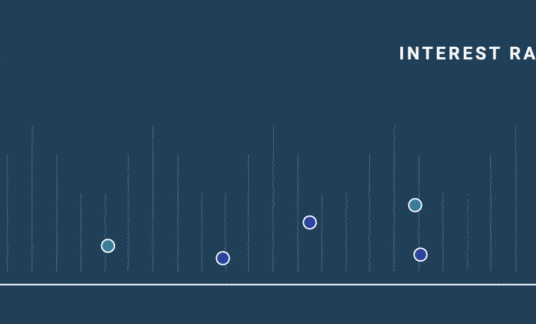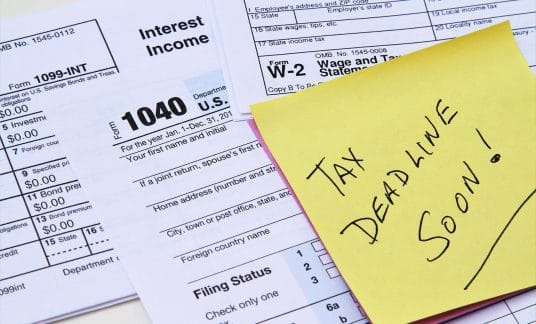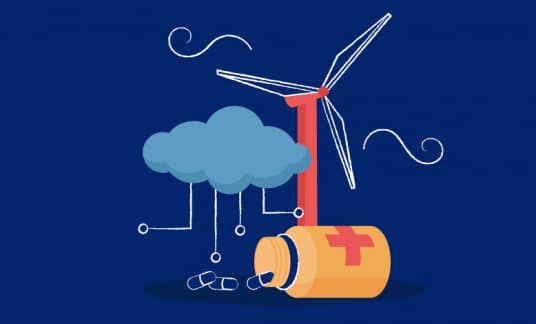With the second round of the Paycheck Protection Program (PPP) closing out at the end of May, what will the business financing landscape look like?
To help us answer this question, we spoke with Fast Capital 360’s CEO, Barb Weidner, to get her take on how things are changing and what business owners can expect.
Here’s what she had to say.
1. What did the lending marketplace look like at the height of the pandemic? How does that compare to where things stand today?
The first realization of the pandemic affecting the lending industry was at the beginning of March 2020. Funders were very slow to approve applicants for financing. They were also giving lower approvals than what we were used to.
This quickly transitioned to some funders pausing applications altogether or holding back on funding certain industries.
Things started happening very quickly, similar to early on in the subprime mortgage crisis – within a very short amount of time, funders just stopped funding.
Soon, publicly held lenders, such as OnDeck and the Business Backer, weren’t funding at all. Then smaller private lenders stopped funding soon after.
Starting close to the end of summer 2020 (mid-July to August), funders, though still cautious with underwriting, resumed accepting applications and started opening up their credit boxes a bit. In other words, they were more flexible in terms of how much they were willing to lend, the length of the repayment period, the lowest credit score they’d take and the financing and factor rates they’d offer.
The first industries that started getting approved once funders started to open back up were home improvement and home remodeling businesses. Additionally, restaurants with a history of offering takeout also stood a better chance of obtaining financing. And underwriters were doing their research, looking at a restaurant’s Facebook page, its website and its online presence to see if the business, indeed, offered takeout or was a member of DoorDash or UberEats.
Interestingly, lenders began loosening their credit boxes around the time that people who had been approved for PPP and Economic Injury Disaster Loan (EIDL) funding had used up the money they received and needed more.
Now, we’re seeing with EIDL that some business owners are experiencing buyer’s remorse. Think about that 50-year-old business owner who’s realizing he doesn’t want to have the burden of a 30-year loan. People in that type of scenario are contacting us, saying they need a short-term solution to pay off their EIDL loan quicker because they don’t want that hanging over their shoulders for decades.
We’re also hearing that the process to get PPP funds is taking too long. Some business owners’ applications are still in the final round of review.
People are looking for quick access to the funds they need now, so they’re coming to us for financing.
There’s an incredible need for businesses to get access to capital. That’s especially true considering that the recovery period will likely extend another year.
-
PPP Statistic
According to the Federal Reserve Banks’ Small Business Credit Survey, nearly one-quarter of businesses that applied for PPP loans received only a portion of the funding for which they applied or none at all.
2. How are lenders loosening their credit boxes? What does that mean for borrowers?
Today, we’re at a point where funders have learned a lot about the different industries out there and they’re realizing that some aren’t as risky as they might have thought. What’s more, they’re assessing businesses more holistically.
For instance, even though a borrower may have a lower credit score, lenders take into consideration that many businesses have had their credit impacted as a result of the pandemic. They realize they can’t penalize them for something that wasn’t within their control.
To offset the risk of lending to business owners with lower credit scores, funders may offer shorter terms, 90 days, for instance. If borrowers demonstrate their reliability by paying back their financing on time, funders are more willing to work with them for future financing needs. What’s more, they may offer more favorable terms the next time around, for example, maybe a 4- or 6-month term.
We’re also seeing more significant funding amounts. For example, where some funding partners were approving 50% of monthly gross receipts, now we’re seeing, in some instances, those approvals at 70% of gross receipts. Lenders are anticipating that with pandemic restrictions lifting, borrowers will be earning more in their payback months.
And in regards to rates, in many ways, they’re better now because there’s a little more wiggle room to get deals done. The cost to lend is lower too.
At the end of the day, the funders are out there. They want to fund businesses, they’ve lifted restrictions and, for the most part, they’re servicing all industries.
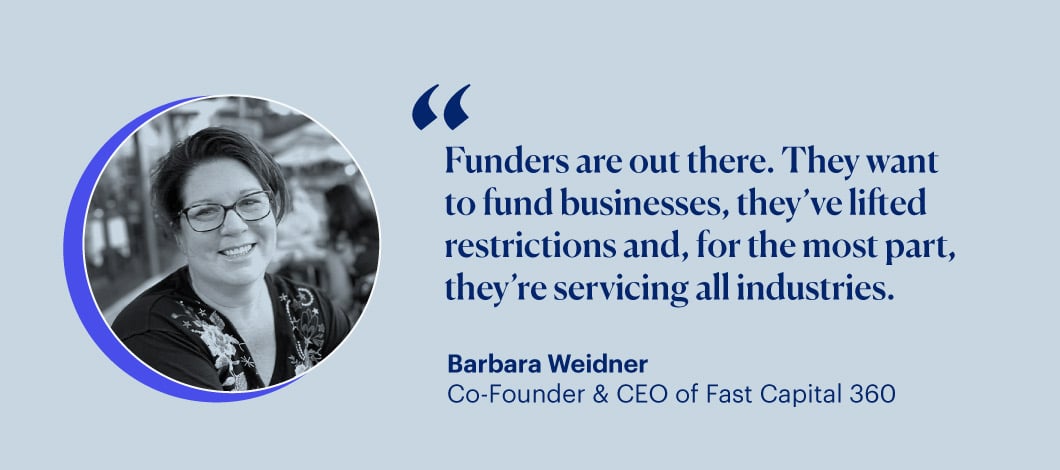
3. Now that PPP is coming to a close, what funding options should business owners consider?
If they qualify, business owners should be looking at a business line of credit. Should the business run into financial issues, the line can be drawn from as needed, again and again.
However, if your credit score has been impacted, you may not qualify for a business line of credit. If that’s the case, look to get an interim financing product that will continue to build your borrower profile. Keep in mind that your pay history lends credibility should you need financing in the future.
Because the alternative financing our partner lenders offer isn’t reported to the credit bureaus, the amount you receive through us doesn’t reflect as additional debt on your report. The advantage to this is that you can pay down business debt. For instance, if you have maxed out an existing business credit card and your credit score has taken a hit, you can use alternative financing to pay down that debt and start rebuilding your credit score.
Business owners could even think about borrowing in terms of the return on investment (ROI) they’d get from their loan. Though not the ideal situation, they could pay off their business credit card with alternative financing and then use their credit card to invest in things that have a greater ROI. These could be investments like marketing or inventory, depending on the business.
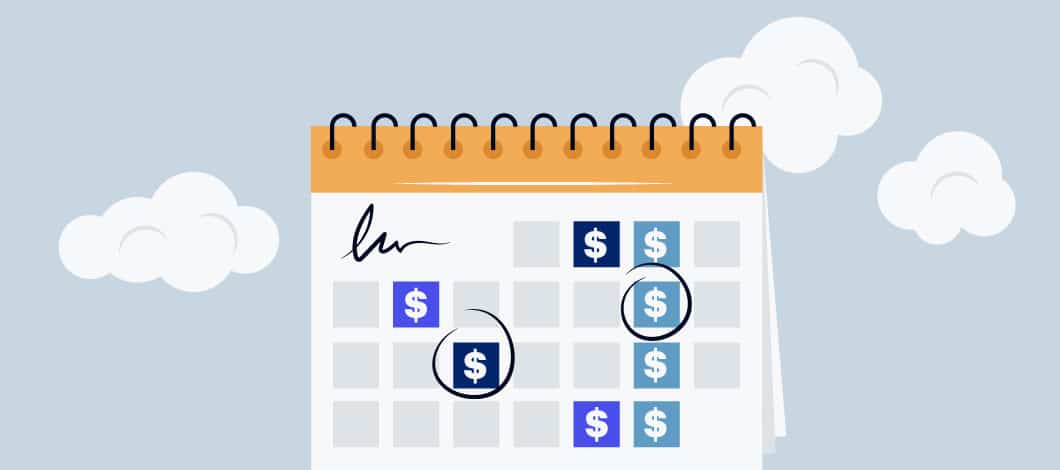
4. How should business owners approach funding responsibly?
Business owners should be acting on an as-needed basis. Every week, their needs will change, so they should be looking at their cash-flow management weekly.
You can’t say you won’t need money down the line because you just don’t know. Things are picking up again. With the easing of pandemic restrictions, you might want to hire additional staff and need money for payroll, or you might need to purchase more inventory.
The worst thing you could do is be in a panic situation when you need financing. People get into bad situations when they panic.
The responsibility of today’s small business owner is not to be overextended. For instance, if you qualify for $150,000 and need $100,000, only take $100,000. Also, don’t take out short-term funding and just keep it in the bank.
5. If business owners are on the fence about pursuing funding, what advice would you give them?
Hesitant business owners should really assess their needs. Ultimately, something drove them to reach out for funding.
It’s worth repeating: Once they’re clear about their needs, they should borrow responsibly for those needs.
Also, consider that you won’t be getting one funding approval today and be done with your problems. The damage done by the pandemic is long-lasting.
We didn’t gain that quarantine 15 overnight by eating 1 cookie. We got there by eating lots of cookies over a long period of time, and it’s going to take some time to get back to where we were.
-
Financing Statistic
The Federal Reserve Banks’ Small Business Credit Survey notes that 23% of businesses surveyed have a financing shortfall, while 30% have unmet funding needs.
6. What challenges are business owners facing today?
In April, the SBA raised the loan limit on the COVID-19 EIDL program from 6 months with a maximum loan of $150,000 to up to 24 months with a maximum loan of $500,000, so some business owners are waiting on that.
Others are saying they’re waiting on their PPP funds.
But the fact is, they’re waiting. That’s something many business owners can’t afford to do, especially today.
Business owners are also seeing funders who say they can give them low financing rates, but when the time comes to finalize funding, they don’t qualify for that lower rate – our sales team is hearing that from many business owners. And often, when these “competing” offers fall through, they come back to us.
We pride ourselves on always running on transparency. We’ll tell applicants, “this is what you qualify for” and explain why.
7. What opportunities are present now that pandemic restrictions are lifting?
It’s a really great time for business owners. They’ve learned so much this past year, and they’ve had to be agile and pivot.
Now that things are opening up again, business owners should be evaluating the changes they’ve made and think about what type of business they want to be.
They should ask themselves what kind of funding they’ll need to execute the changes they want to see.
Ultimately, funders want to be part of the rebuilding and recovery plan.
Where a small business may not have qualified for financing before, it may now. It’s a great time for business owners to capitalize on that.



